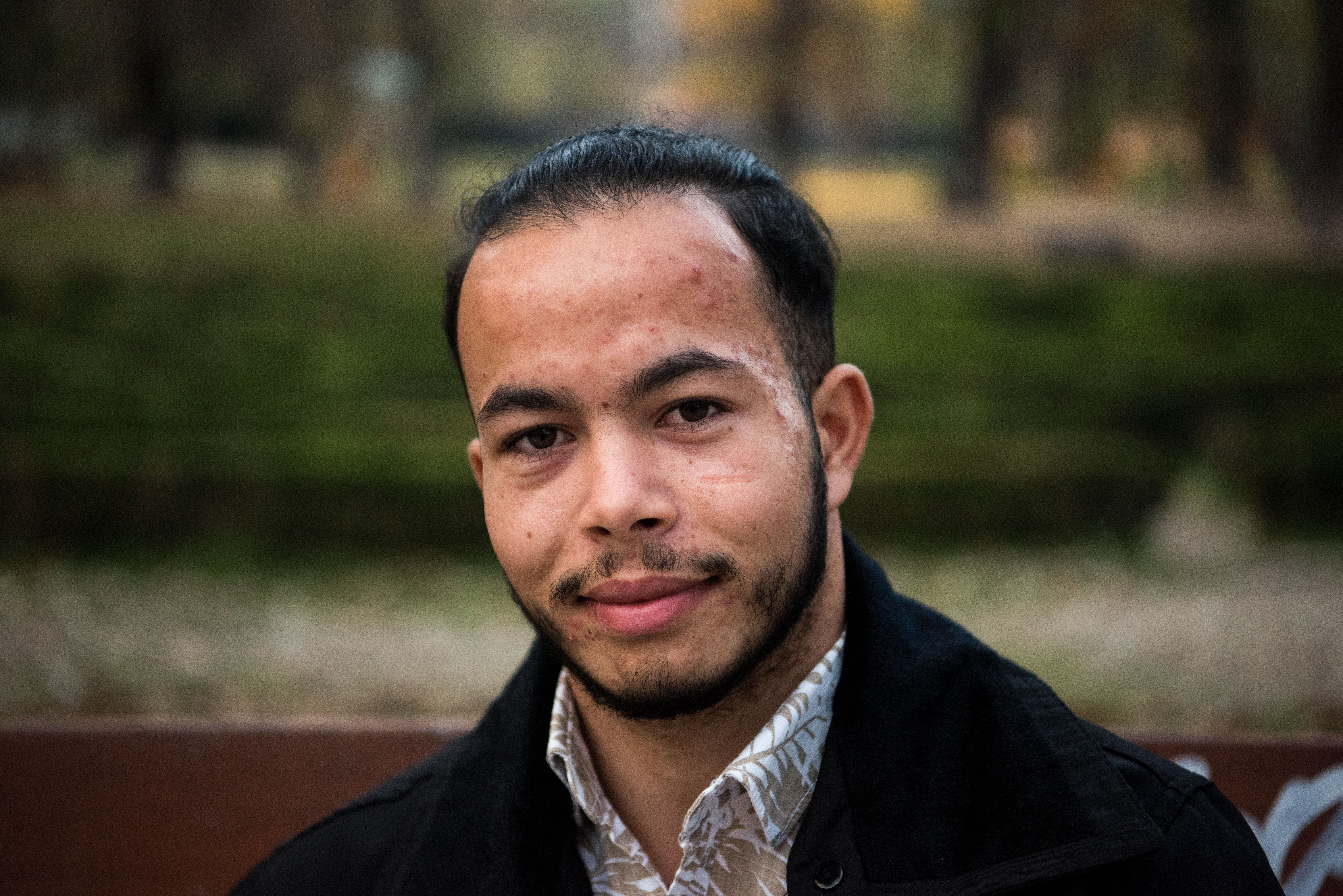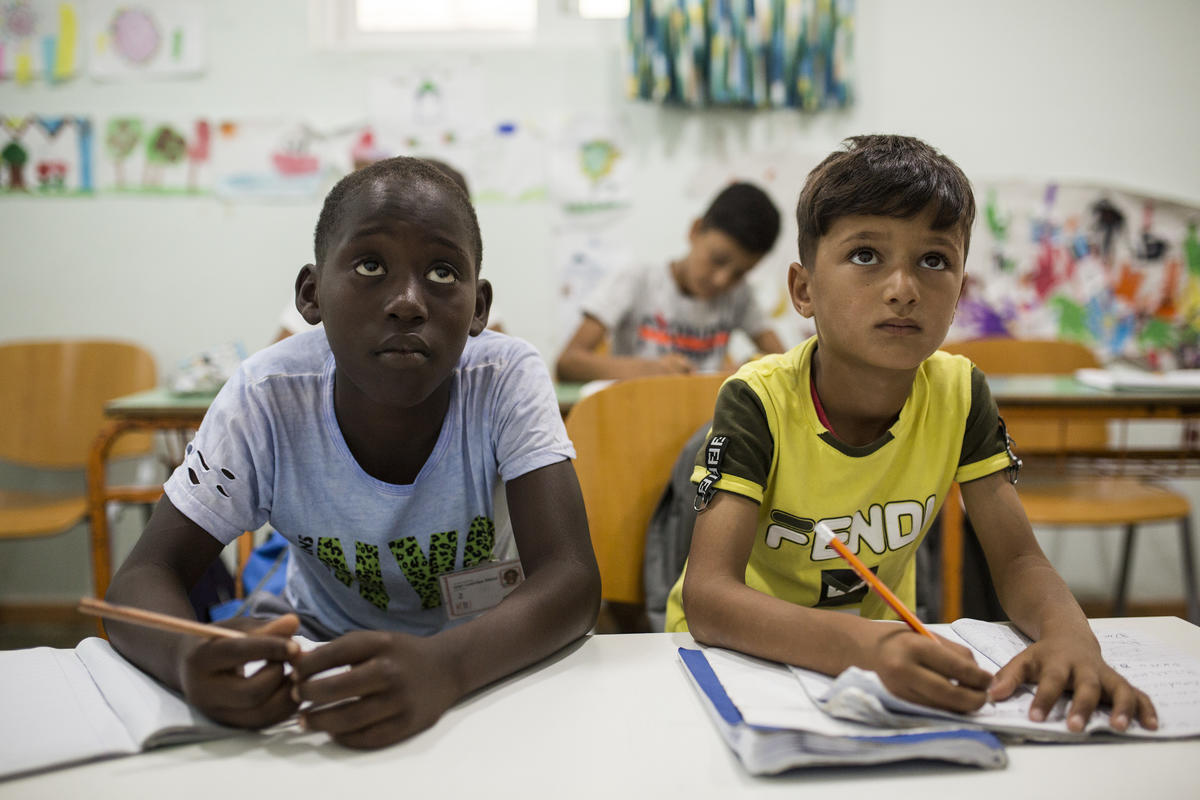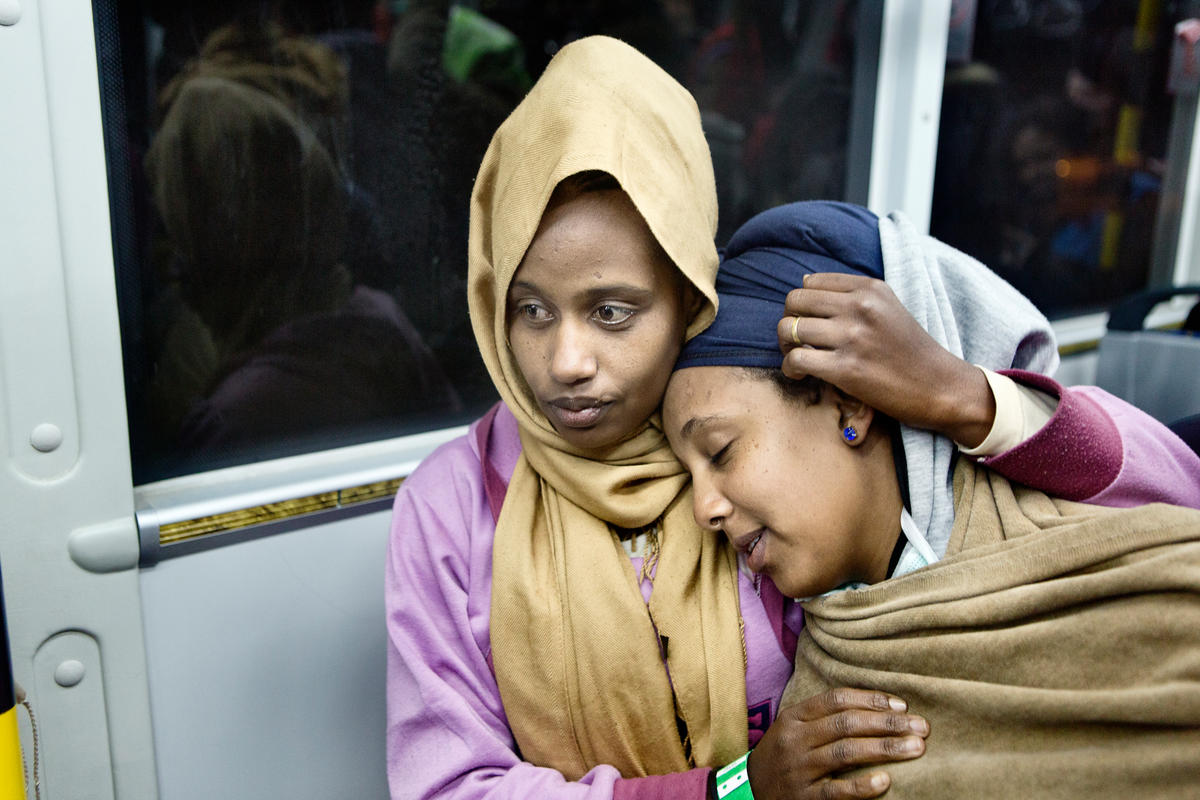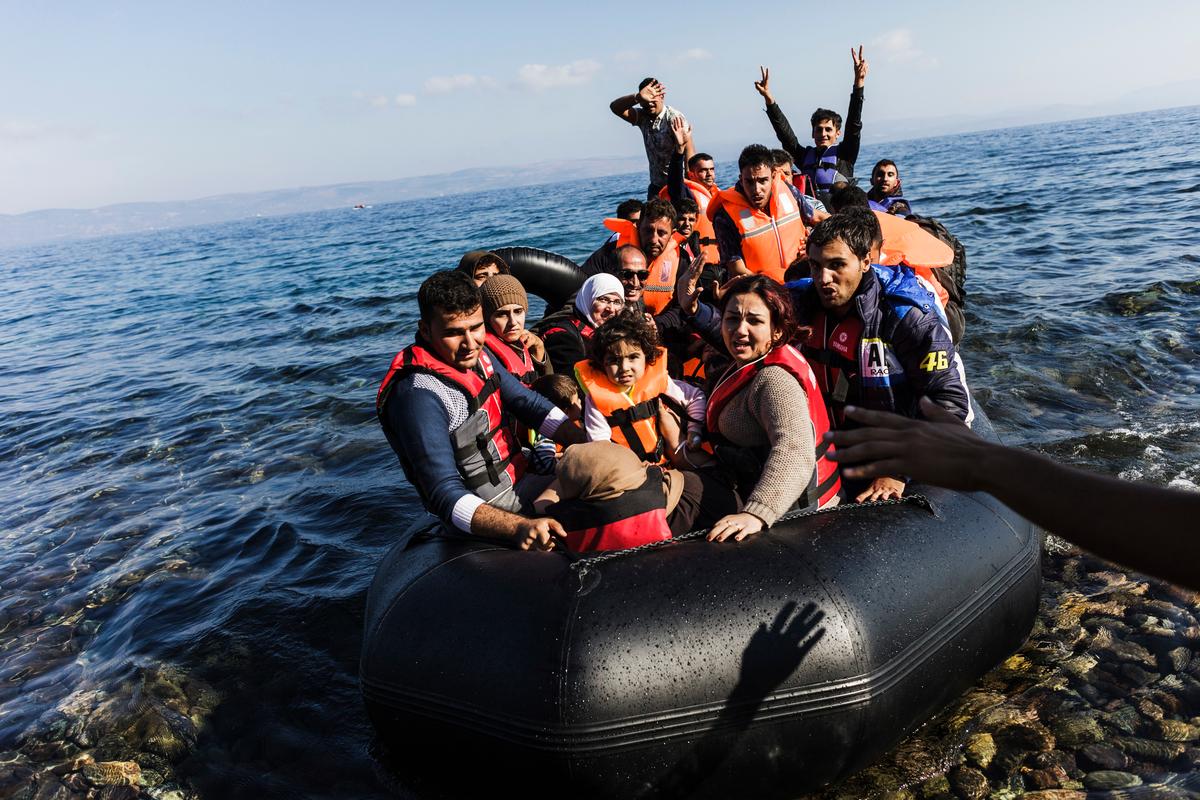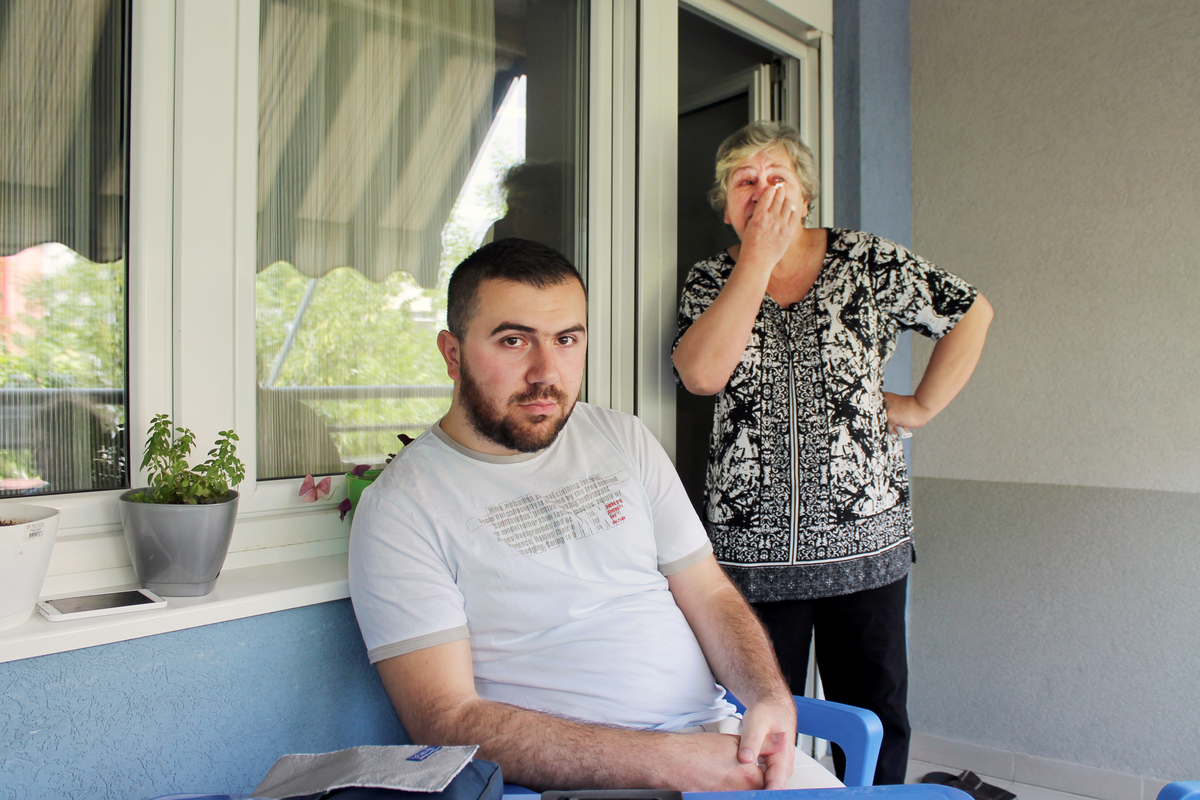FYR of Macedonia: return process must be safe and sustainable
FYR of Macedonia: return process must be safe and sustainable
By now you have seen news of the return yesterday of the first ethnic Macedonians displaced earlier this week from villages above Tetovo. In all, some 120 people went to the village of Lesok in two buses, but only 10-15 decided to stay. The others, citing security fears and damage to their homes, opted not to stay in the village. More go-and-see visits are planned over the next few days, security allowing. UNHCR has been asked by the government of the former Yugoslav Republic of Macedonia and by NATO to take part in the return process, which all of us want to ensure is safe and sustainable. It's going to be a gradual process, but we're glad it is starting quickly because the longer people stay away from the homes, the more difficult return becomes.
As you know, UNHCR is still dealing with more than 1 million displaced and refugees from the past decade throughout the Balkans - including some 60,000 from this current conflict - and we don't need any more human misery.
So we want to do everything we can to help avoid any further displacement and to ensure that those who are still displaced can get home as quickly as possible.
To help achieve these goals, UNHCR is ready to do its share in the confidence-building process. High Commissioner for Refugees Ruud Lubbers is proposing a number of concrete measures that could contribute to the process, assuming the resources were available to carry them out. The proposals include:
A continuation and expansion of UNHCR's work on citizenship and documentation issues, as well as its work with the government on the return of refugees who are without documentation or regulated residency in FYROM.
Making use of UNHCR's expertise as part of the international monitoring and protection presence. Yesterday's return visit illustrates a need for an international humanitarian presence. This could include personnel at border crossings with Kosovo and with Serbia, as well as in ethnically mixed areas and collective centres. It could also include regular monitoring of areas where the majority Macedonian population finds itself in a minority situation. Regular visits could also be made to both Albanian-controlled areas and affected Macedonian villages.
An assistance programme for returnees. In coordination with other agencies, this could include emergency housing repairs to weatherize one room in a damaged home - something we've already done elsewhere in the Balkans.
The identification of quick impact projects for mixed communities. These could be job-generating projects like minor infrastructure repairs that benefit both communities.
Promotion of a dialogue between people in mixed villages, where issues and concerns of common interest can be supported by the international community. This could, for example, involve getting agreement between ethnic Albanians and Macedonians on the building of a multi-ethnic school, and then bringing international donors on board to fund it.
UNHCR can help ensure that the security and human rights of both communities are respected through a variety of monitoring and reporting mechanisms, including establishment of channels for the impartial investigation of alleged abuses.
Ensuring that other minority groups in FYROM that are displaced or affected by the conflict are not excluded from confidence-building measures. This includes the Roma refugee caseload, many of whom are living with host families.
Despite the intense fighting this week in Tetovo, there were more refugees returning to FYROM from Kosovo than people leaving FYROM for Kosovo. From Sunday to Wednesday, there were 735 new arrivals in Kosovo from FYROM and 1,491 returns from Kosovo to FYROM. A total of 76,309 arrivals from FYROM have been recorded in Kosovo since the fighting broke out in February. There have been 17,157 returns since people started to go home this month. Up to 30,000 are estimated to displaced within FYROM.

